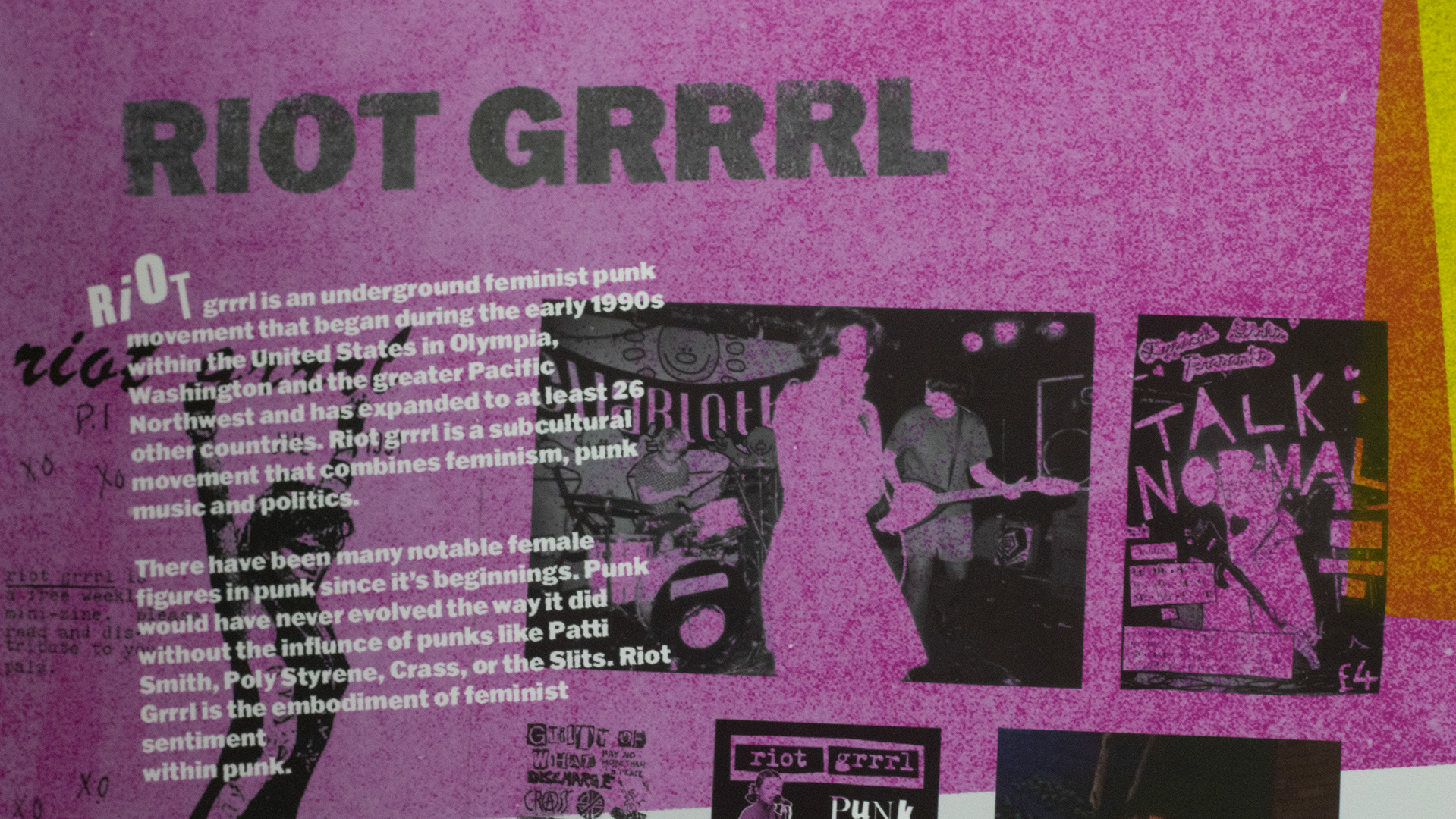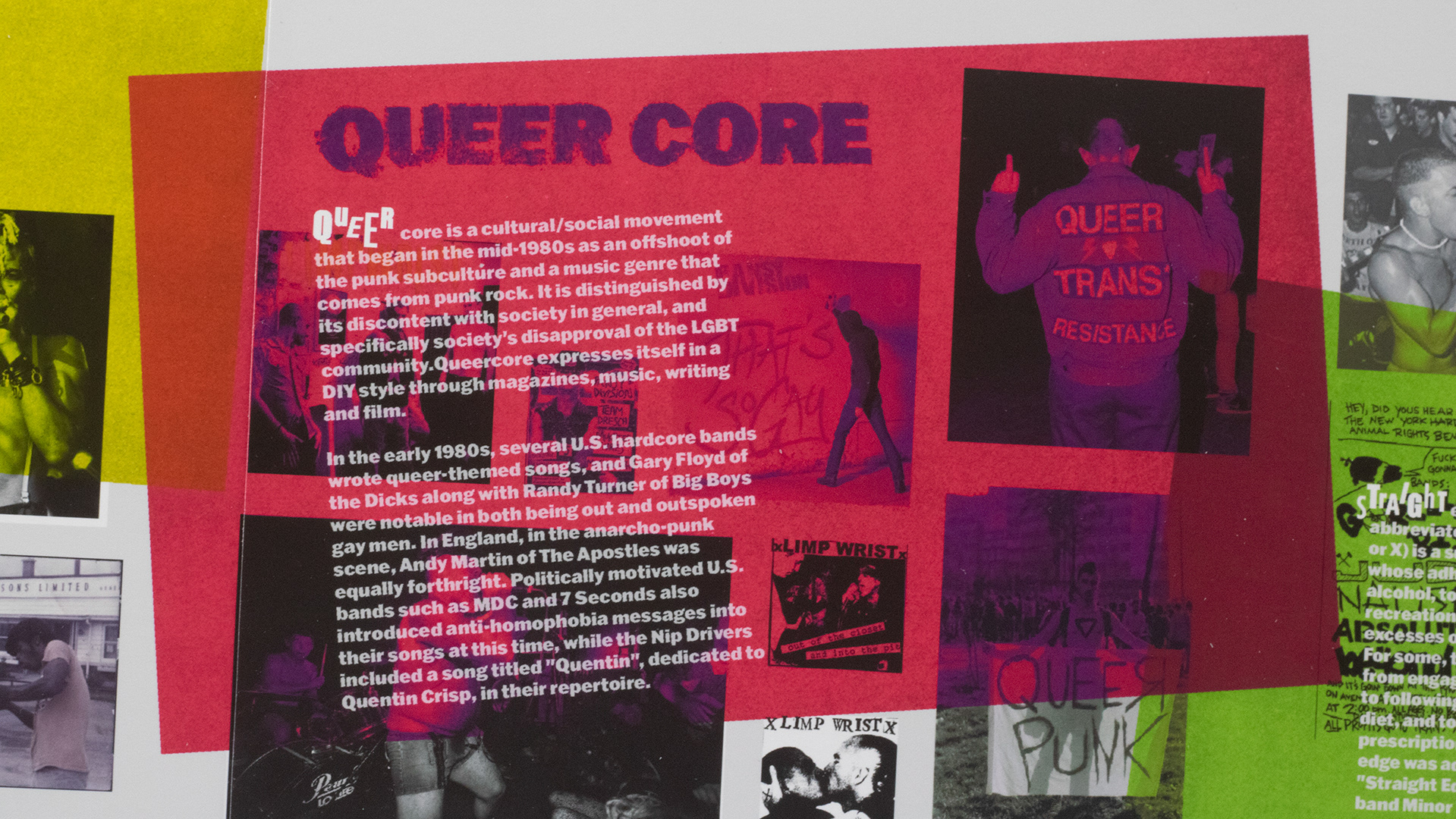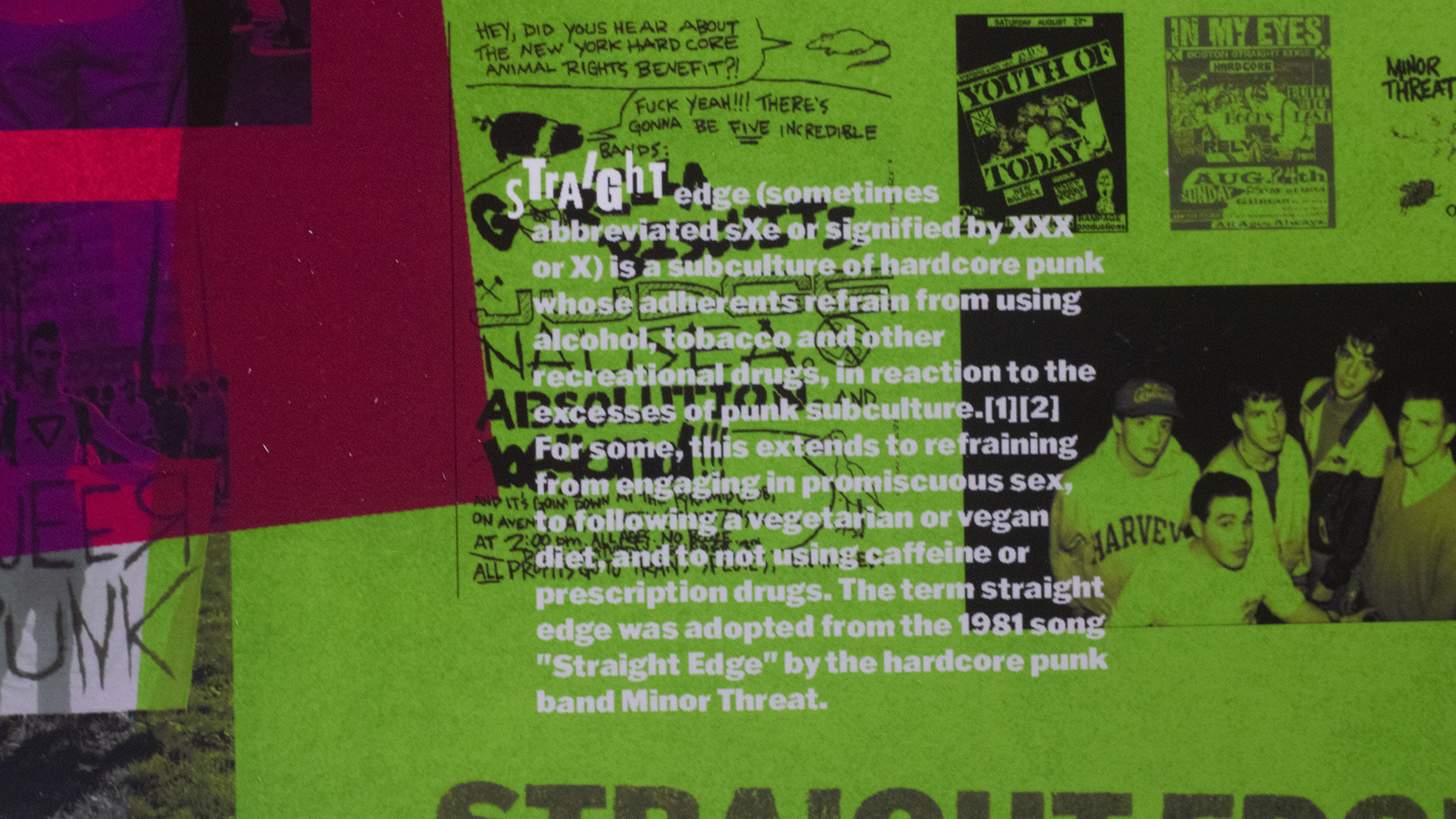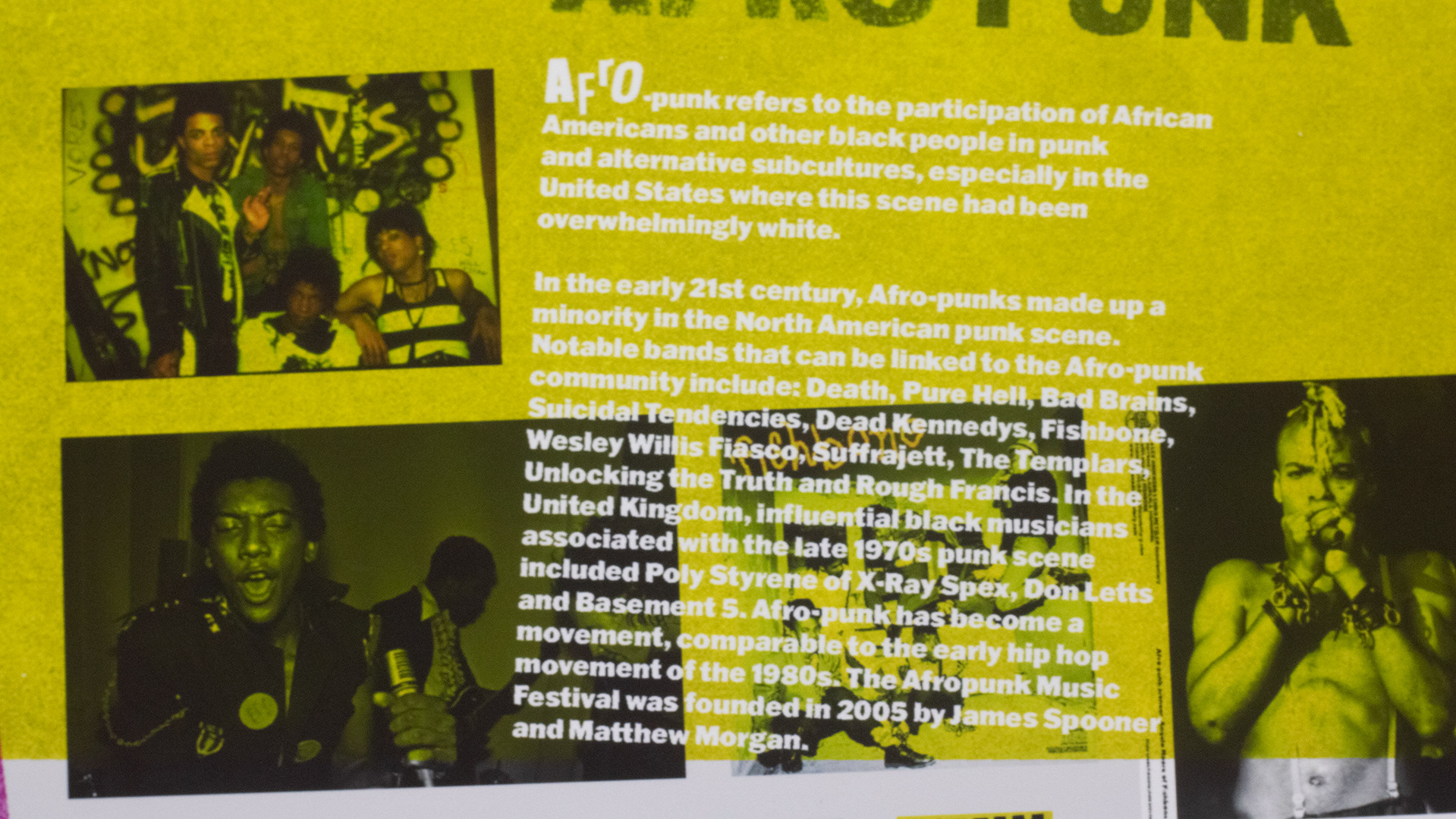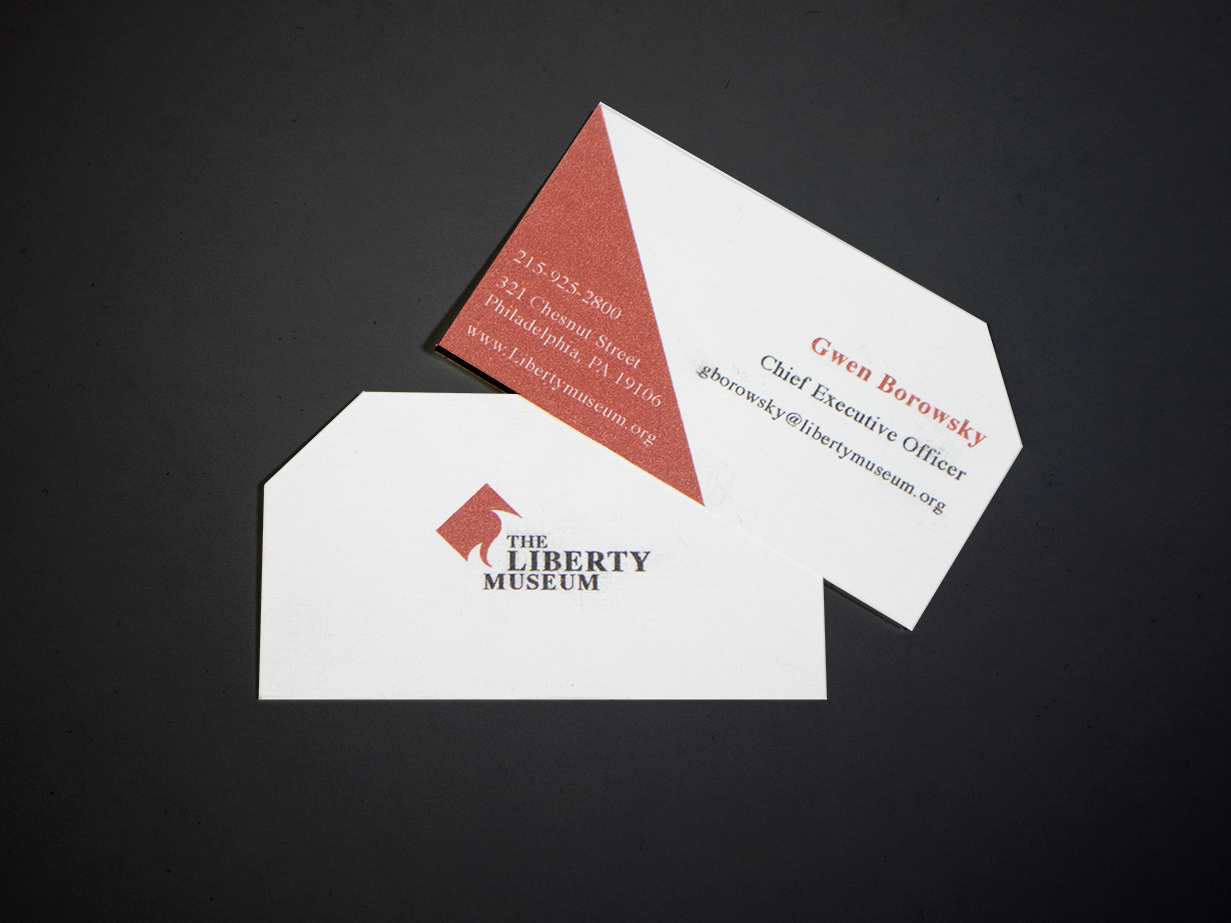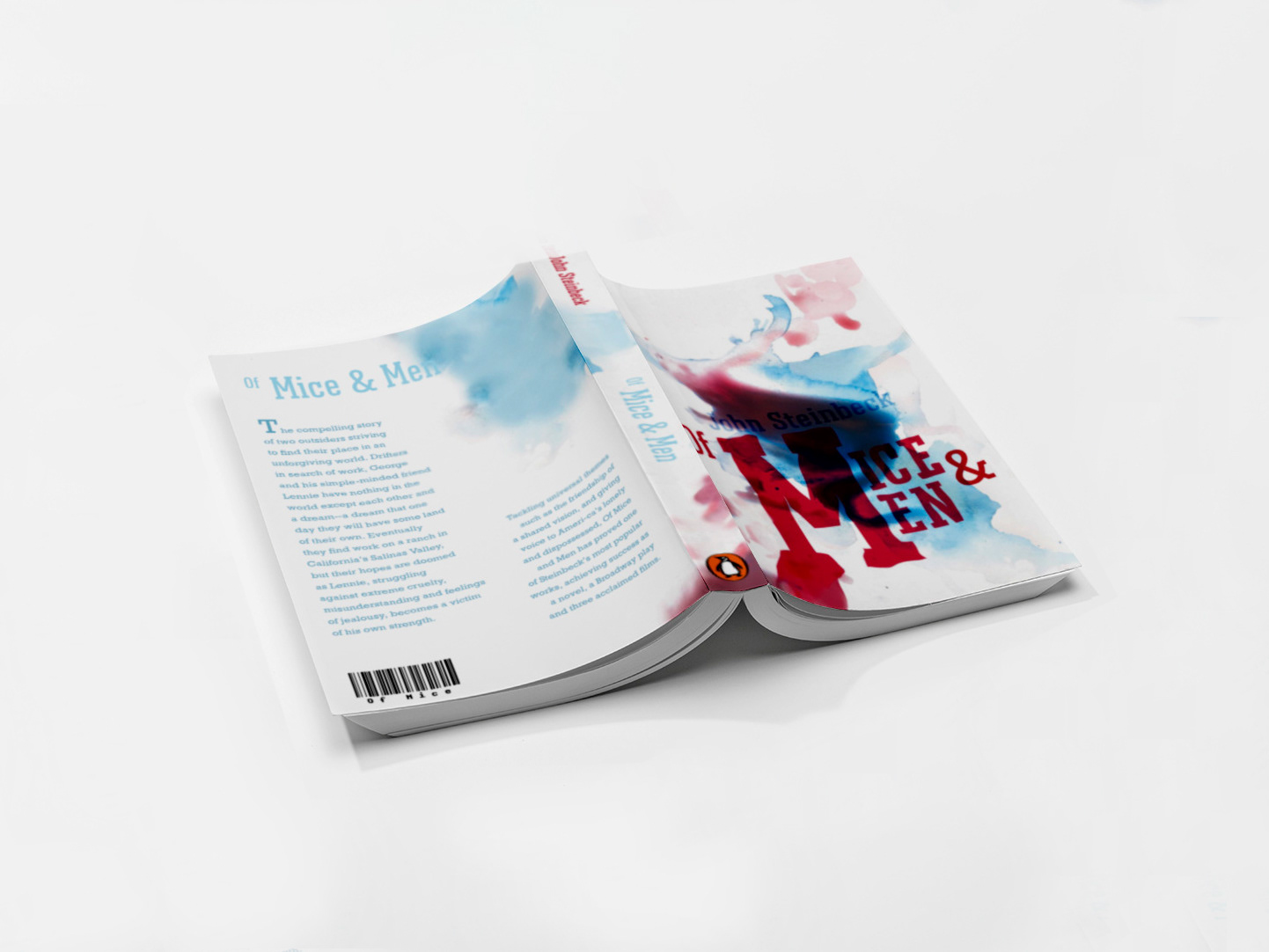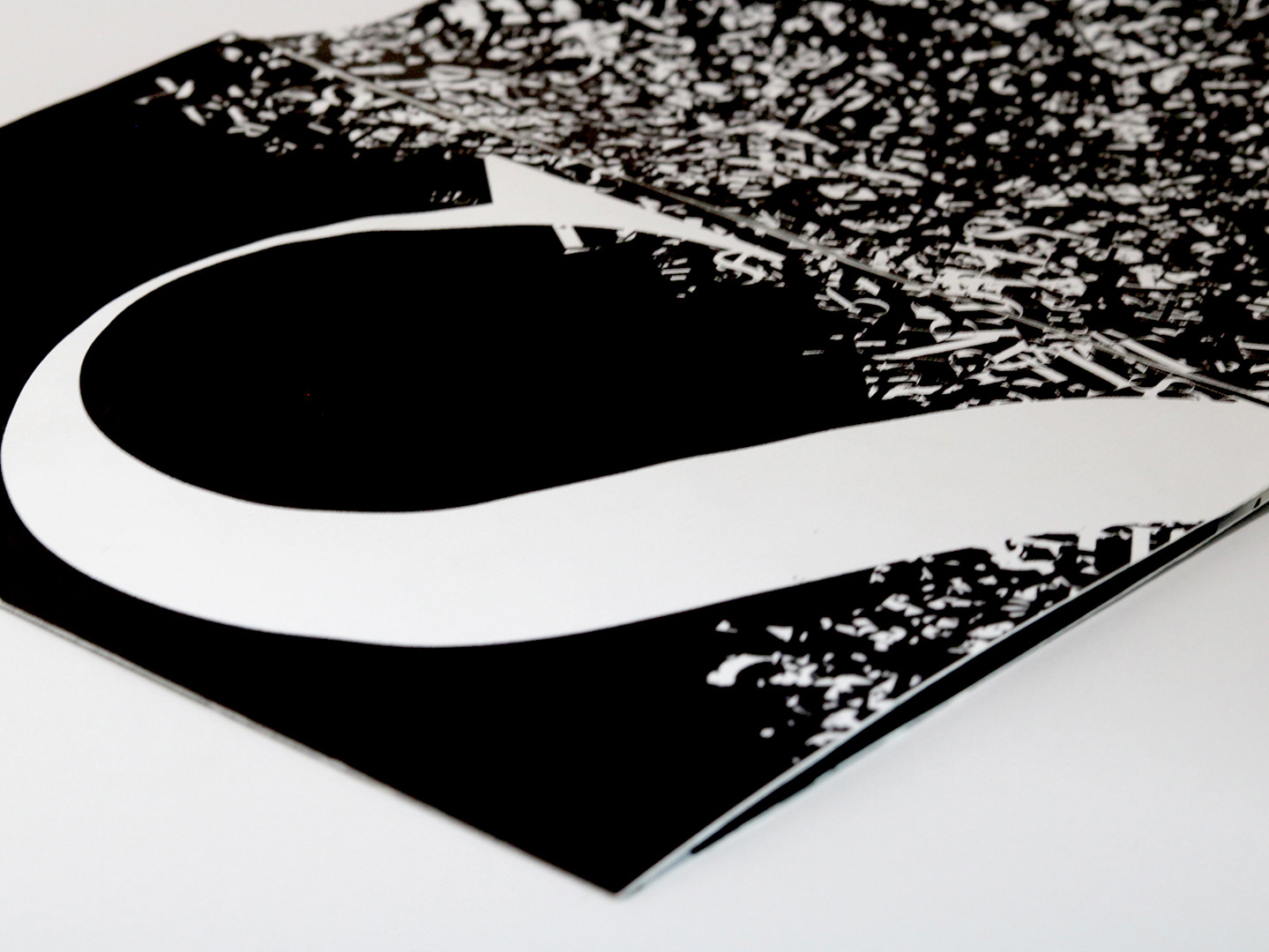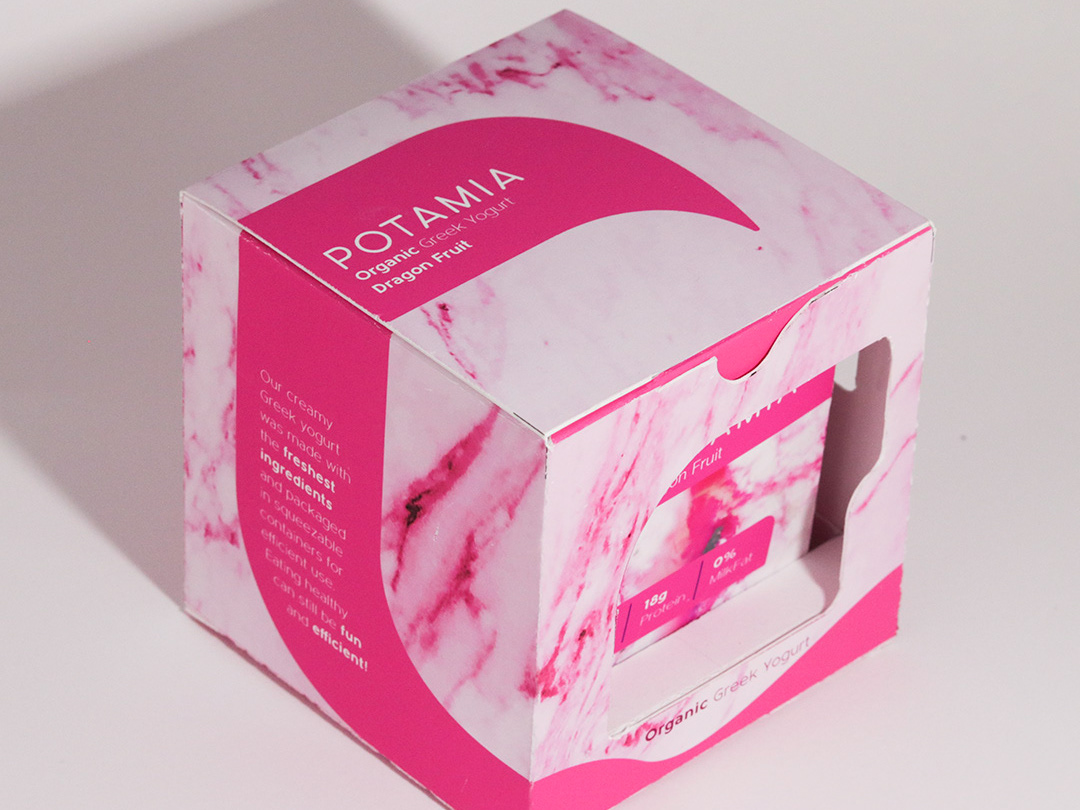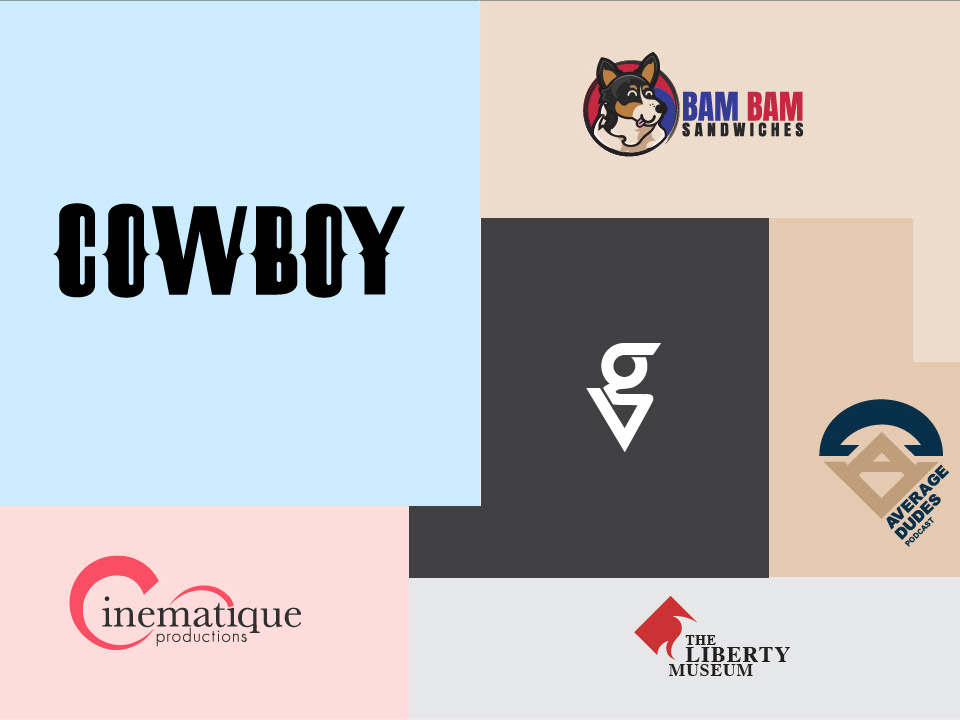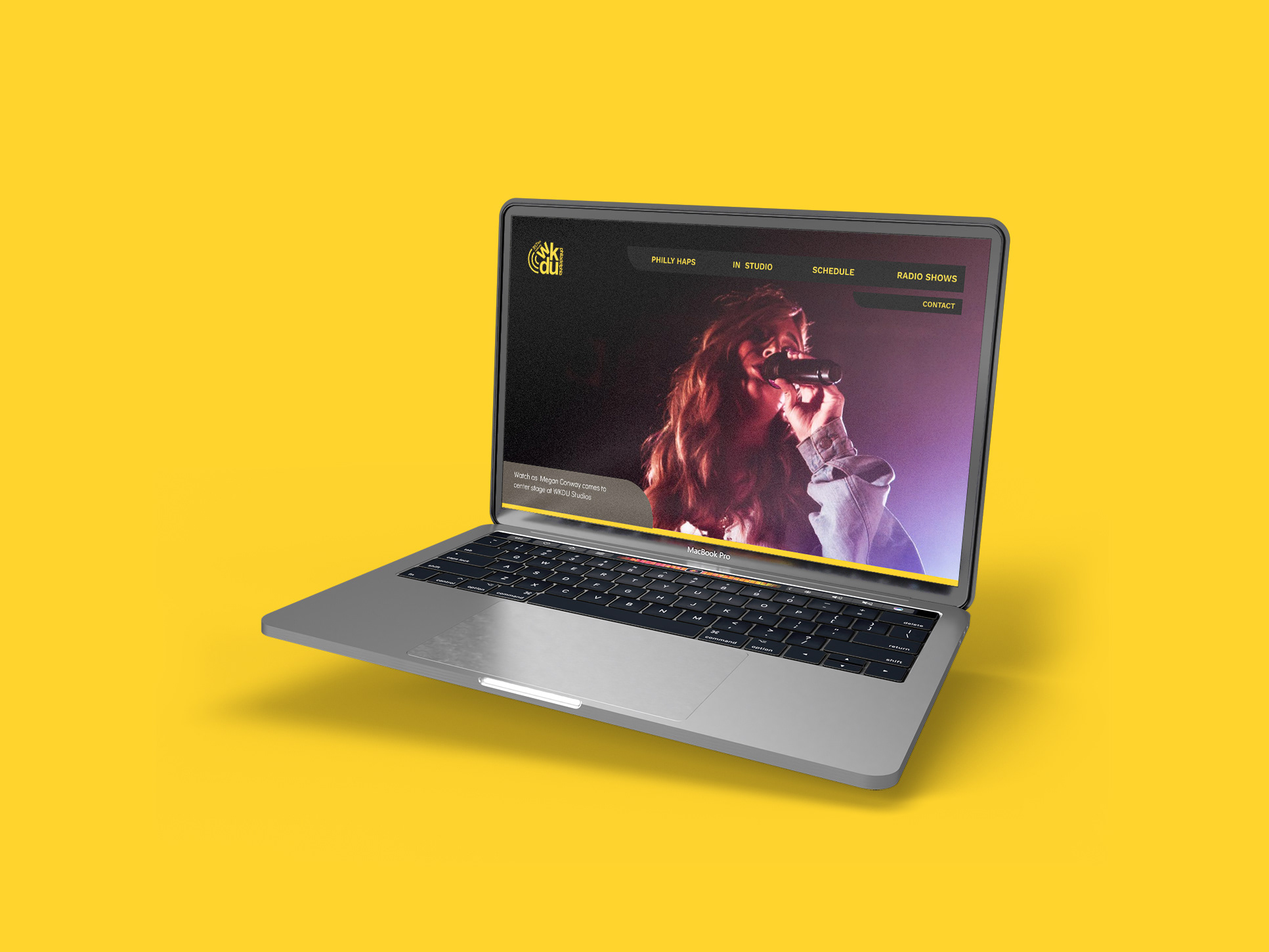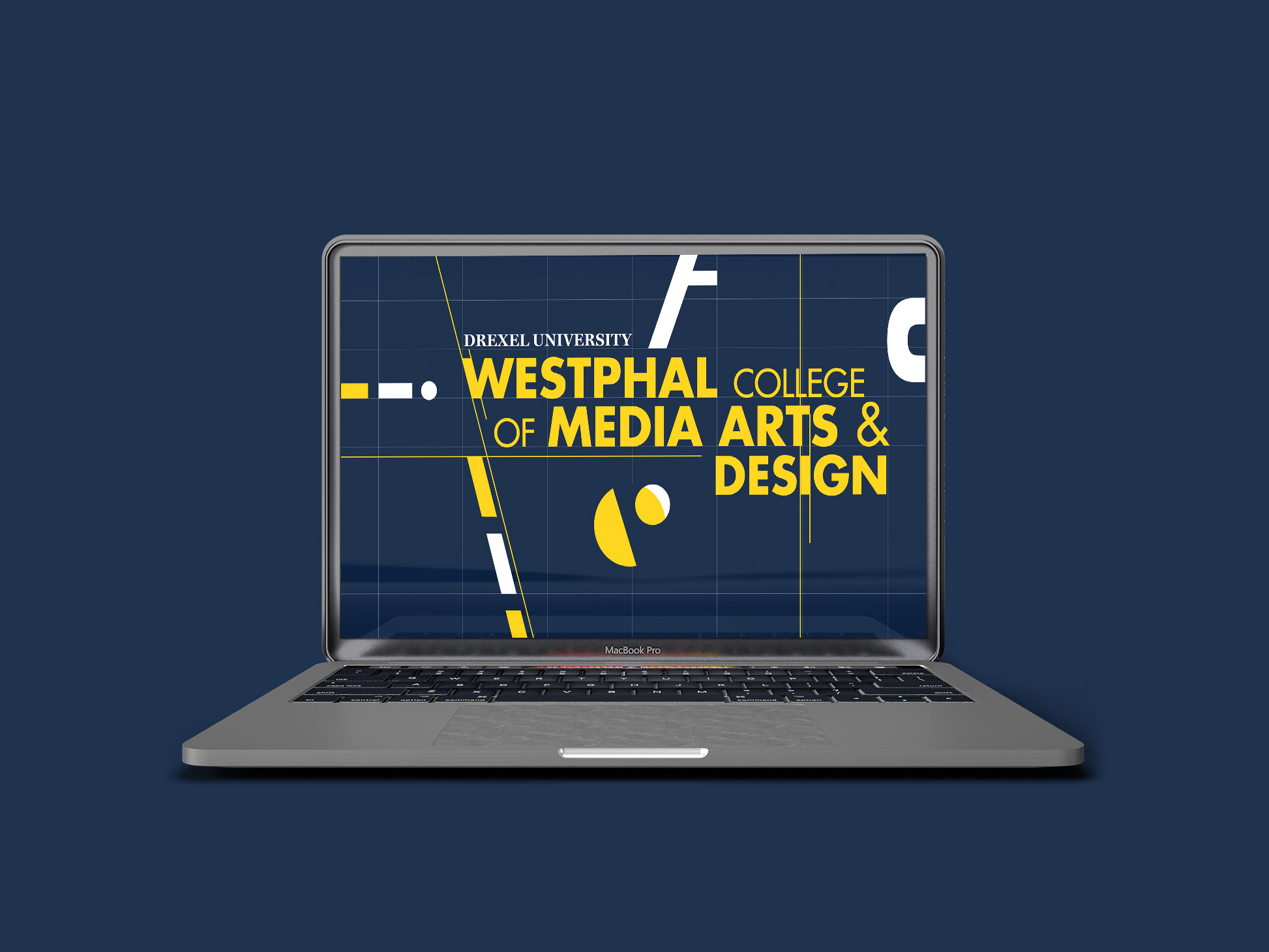Blank Future is an exhibit which focuses on the politics denied or represented through punk. Starting off, I provide the origins of punk both in London and New York. After learning a bit about punk's roots, viewers are guided into tight corridors filled with torn posters, brick walls, building facades, and some expressive mannequins.
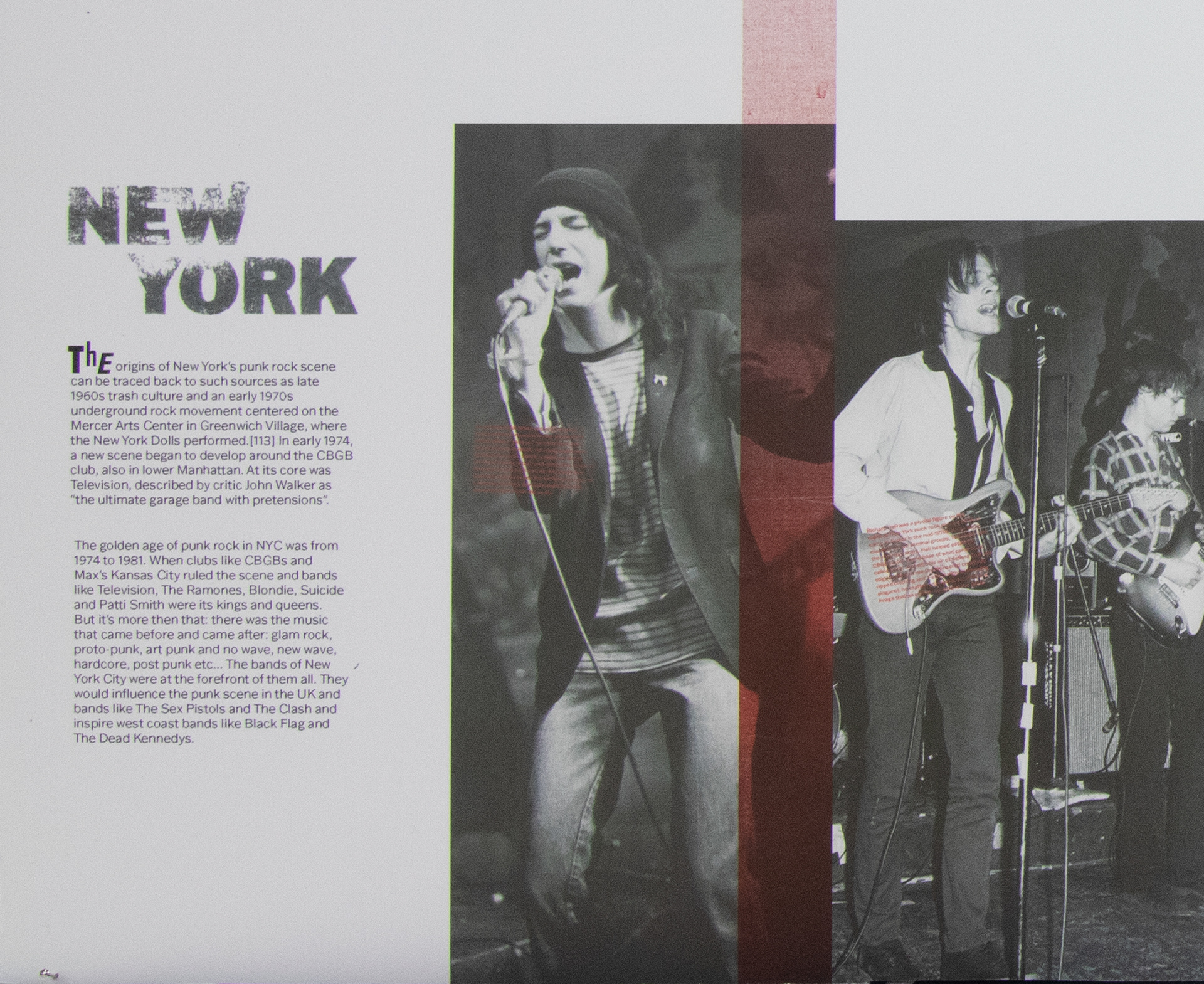
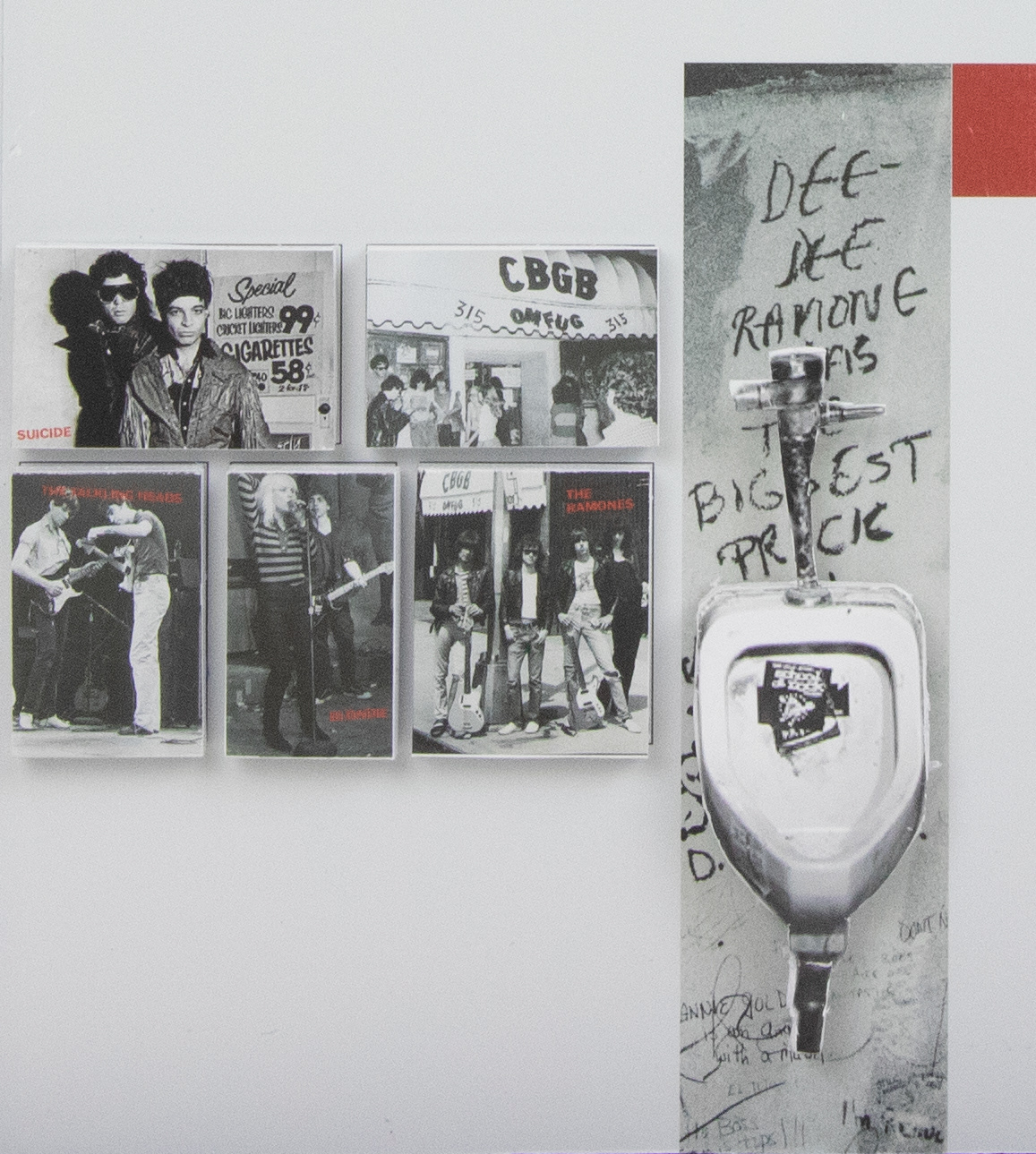
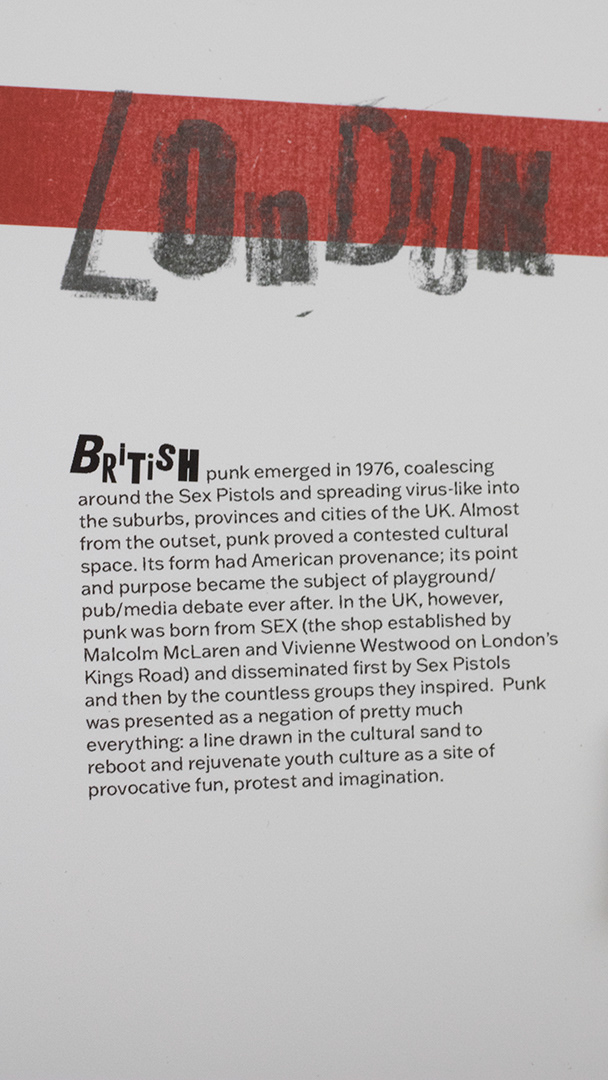
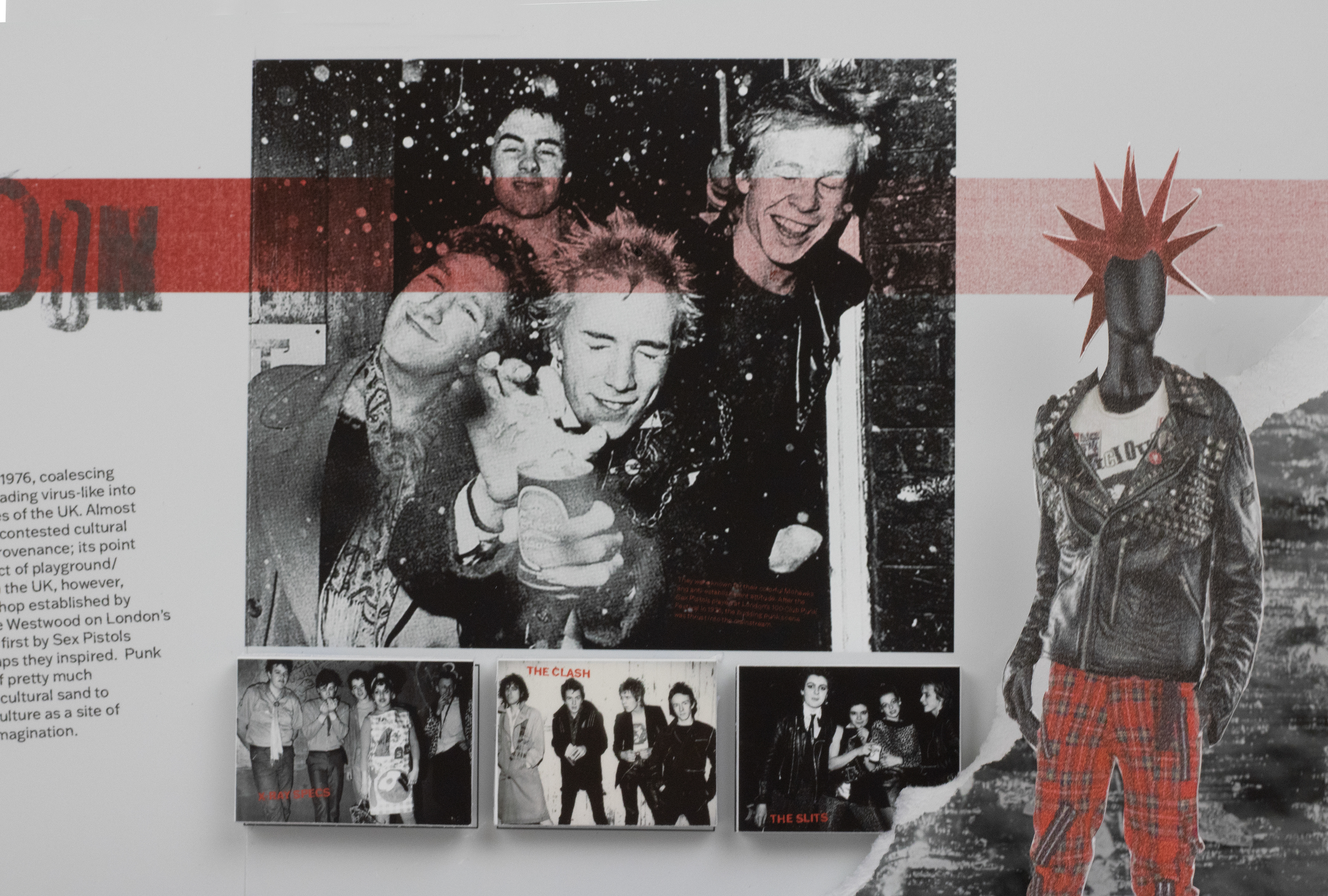
The first sections are supposed to allow viewers to step into the scenes punk was born out of; these scenes guide the viewer into the nihilistic mindset that early punks were accustomed to having.
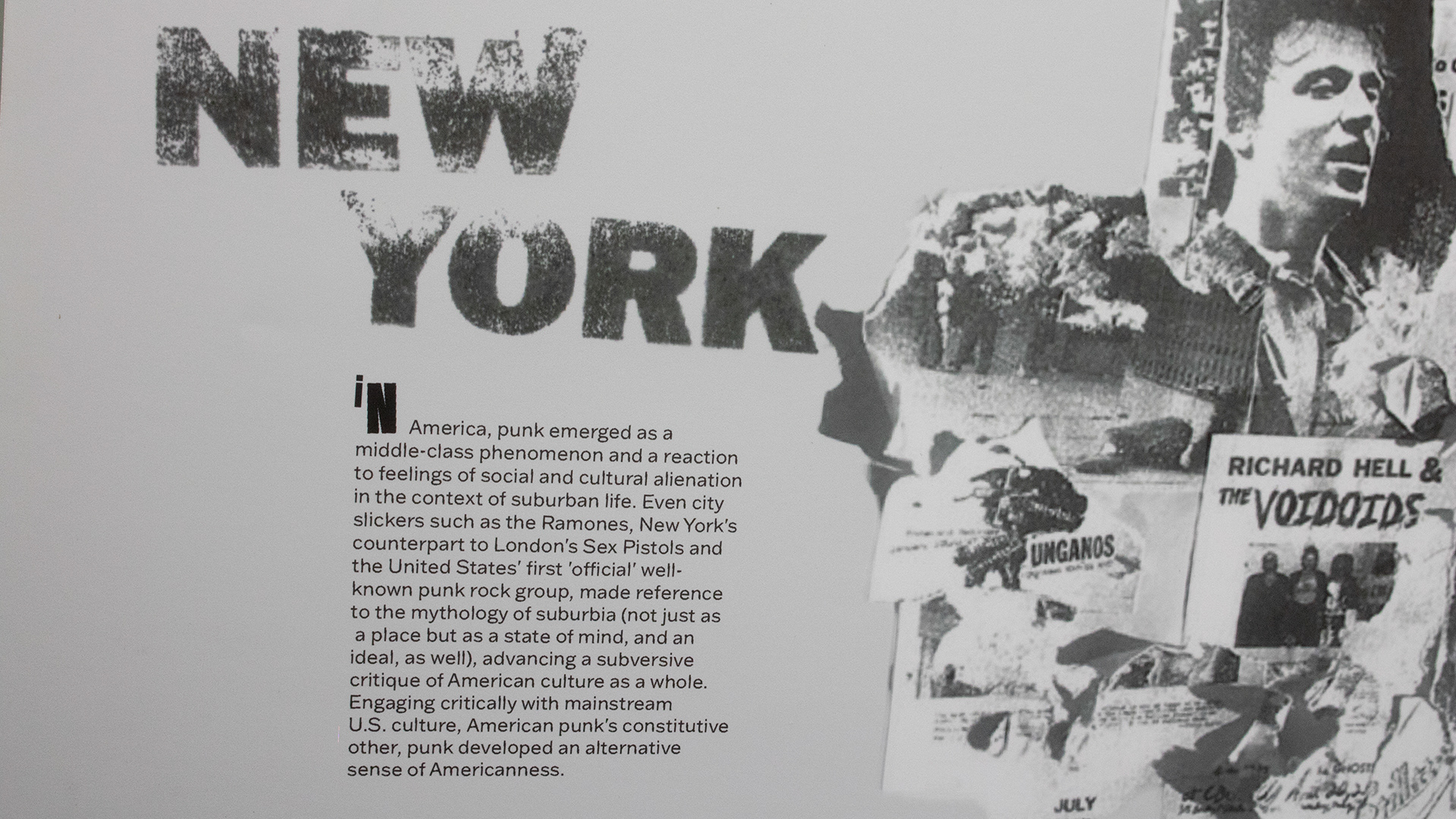
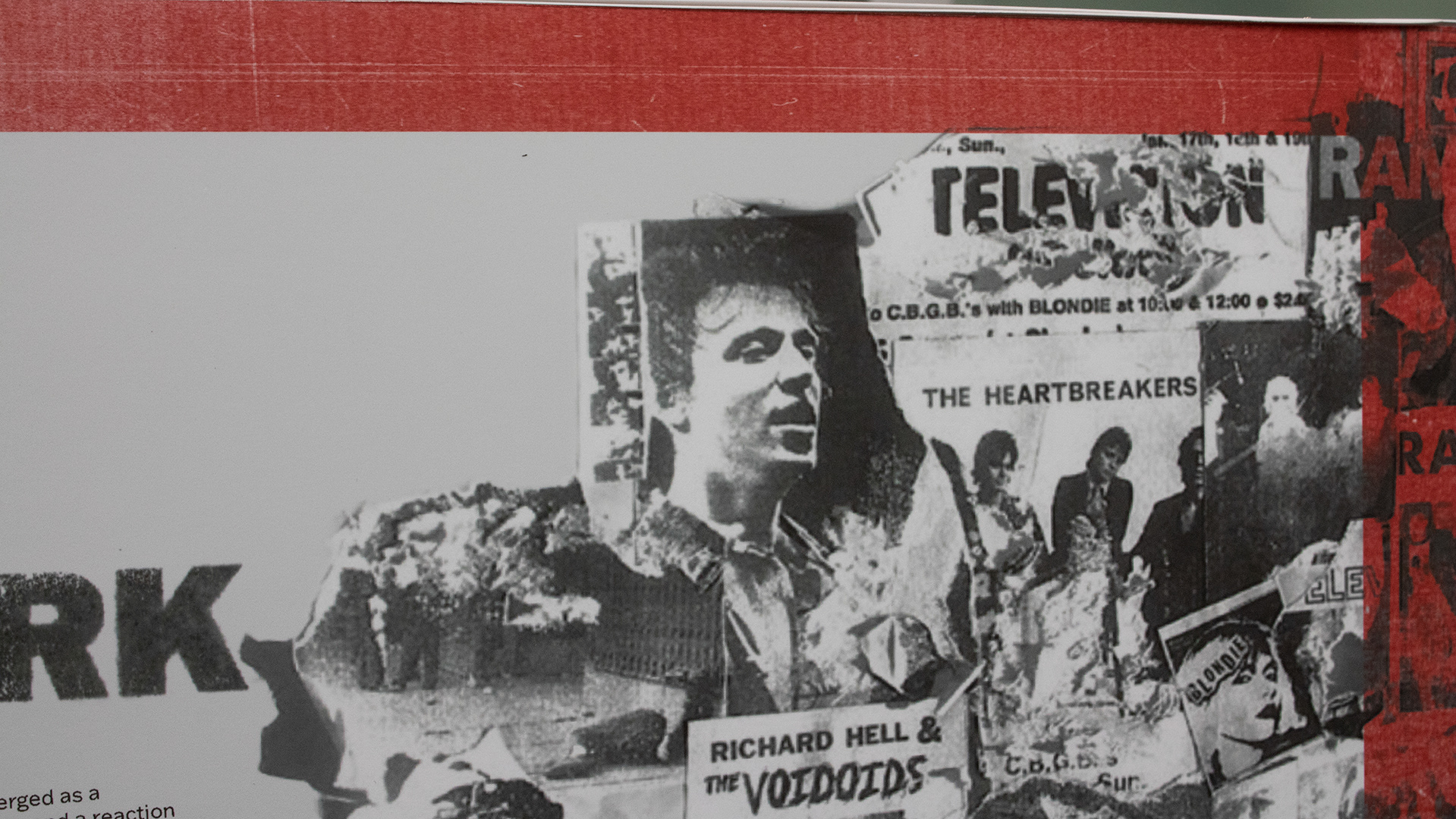
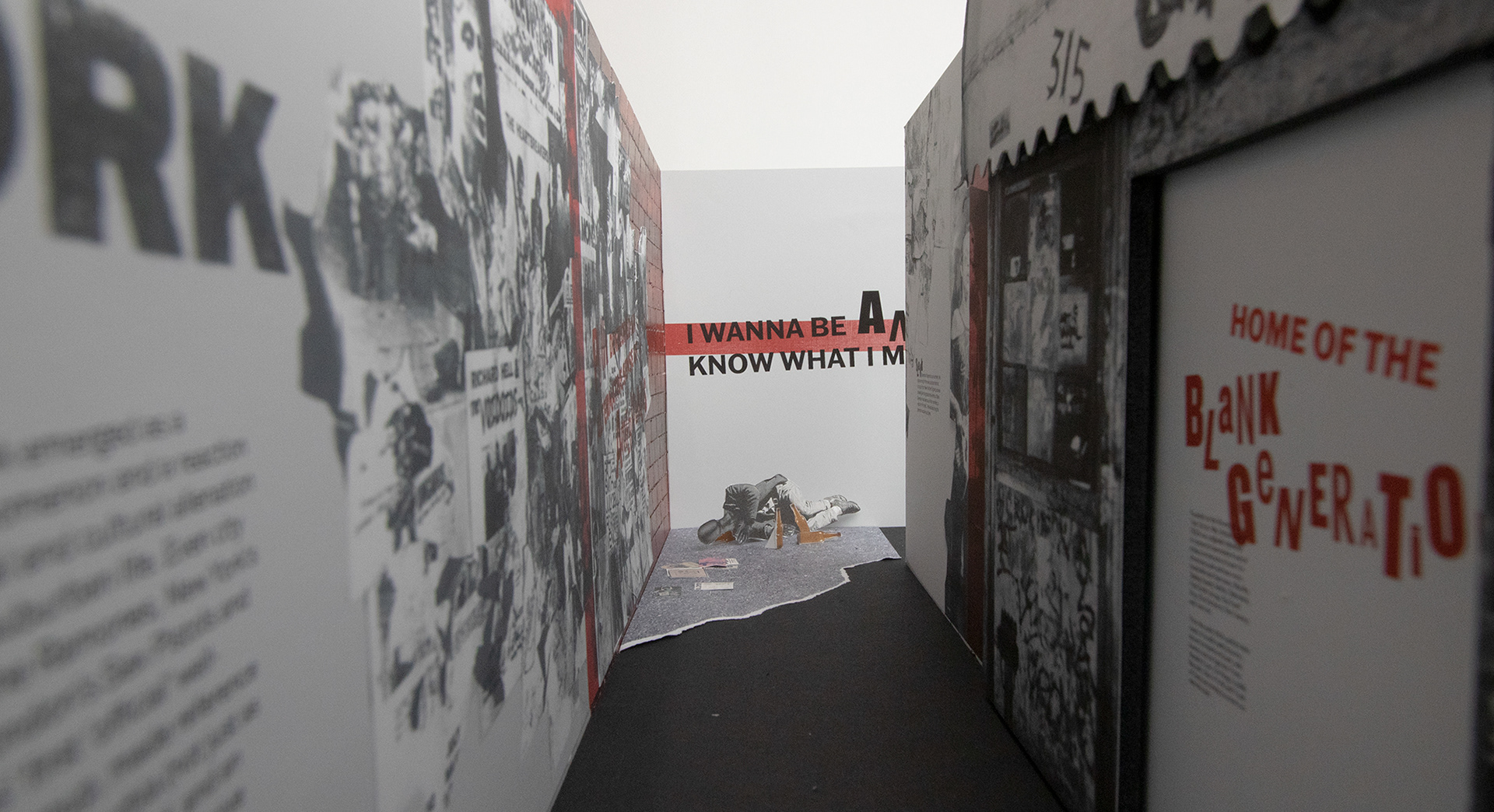
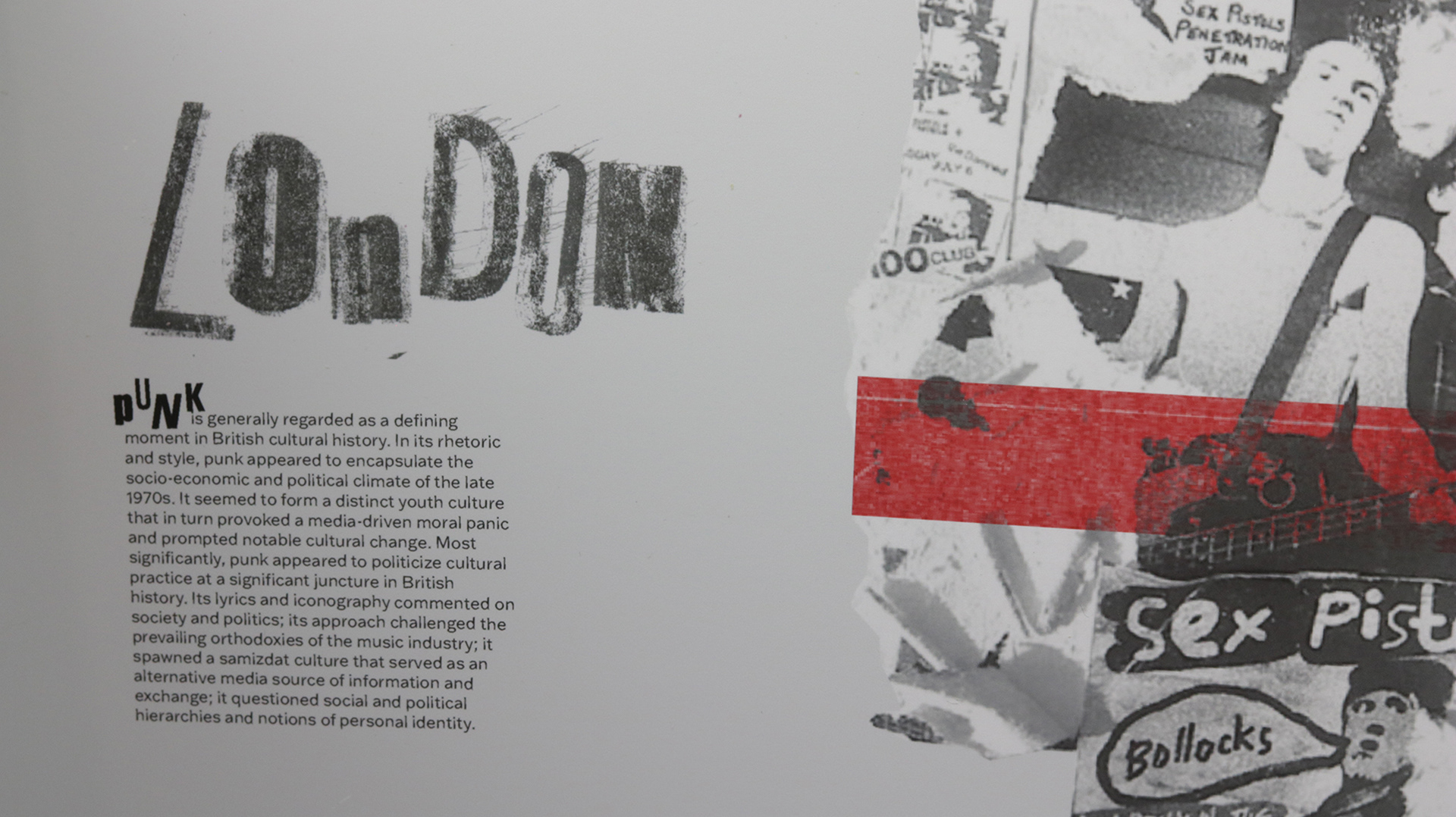
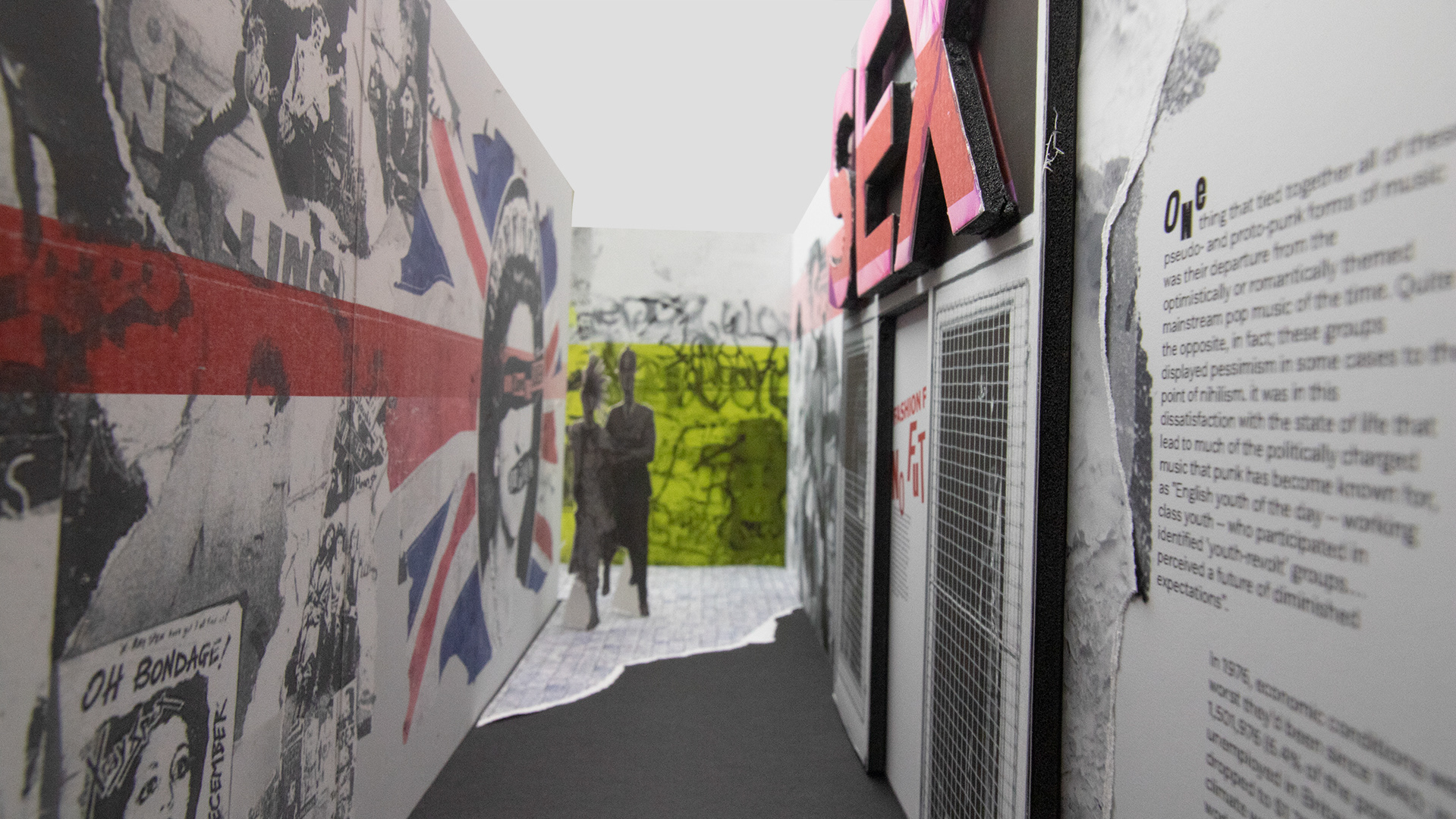
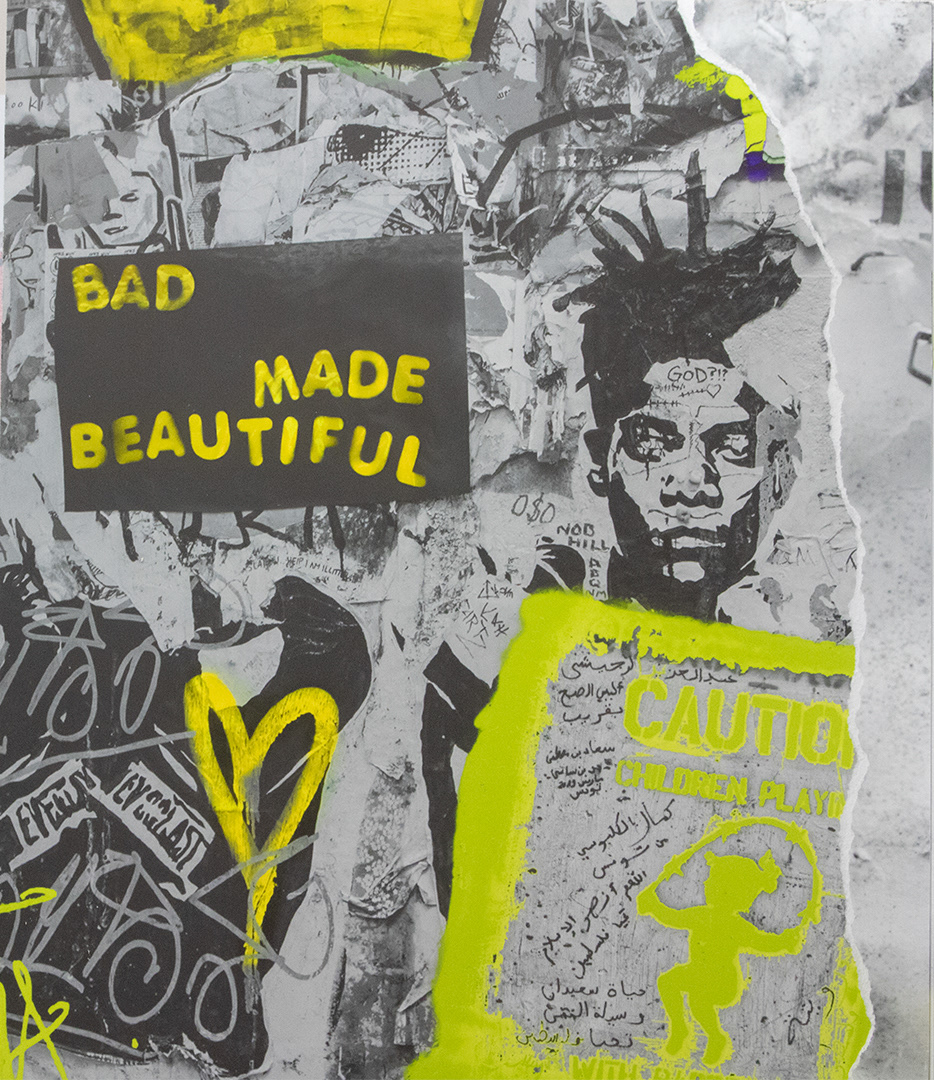
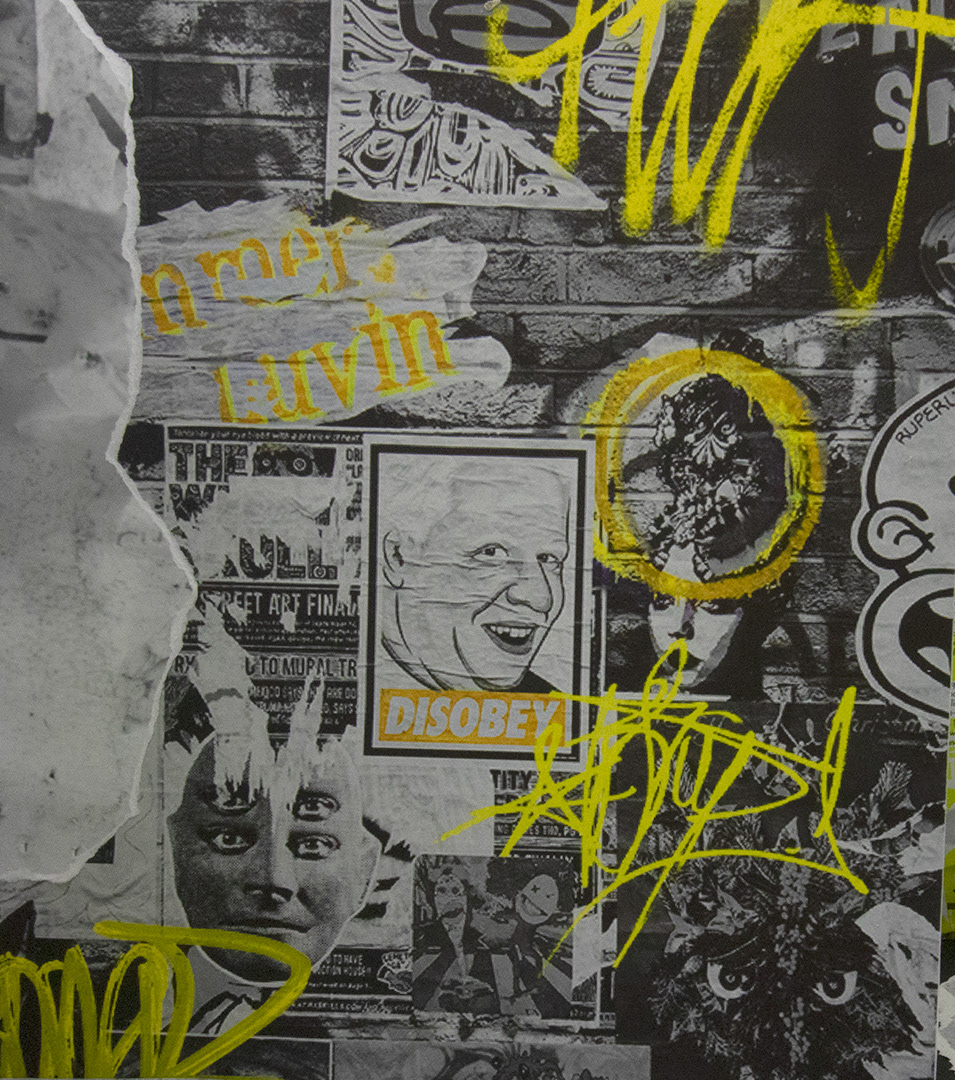
The next section features a dark room filled with mannequins posed in a state of disorder while a black and white projection of a typical punk mosh pit plays on the back wall. This room in meant to feel dank and uncomfortable, as many venues in the scene would have been, but also give the viewer a sense of the anger and energy that went hand in hand with punk.
Following the moshing scene is a section which focuses on political messaging often found in punk. focusing on a few groups and artists I talk about activism that went into a lot of punk music (mainly focusing on hardcore and anarchy in this section). These walls covered in graffiti and harsh tears are meant to represent the active nature of politics in punk.
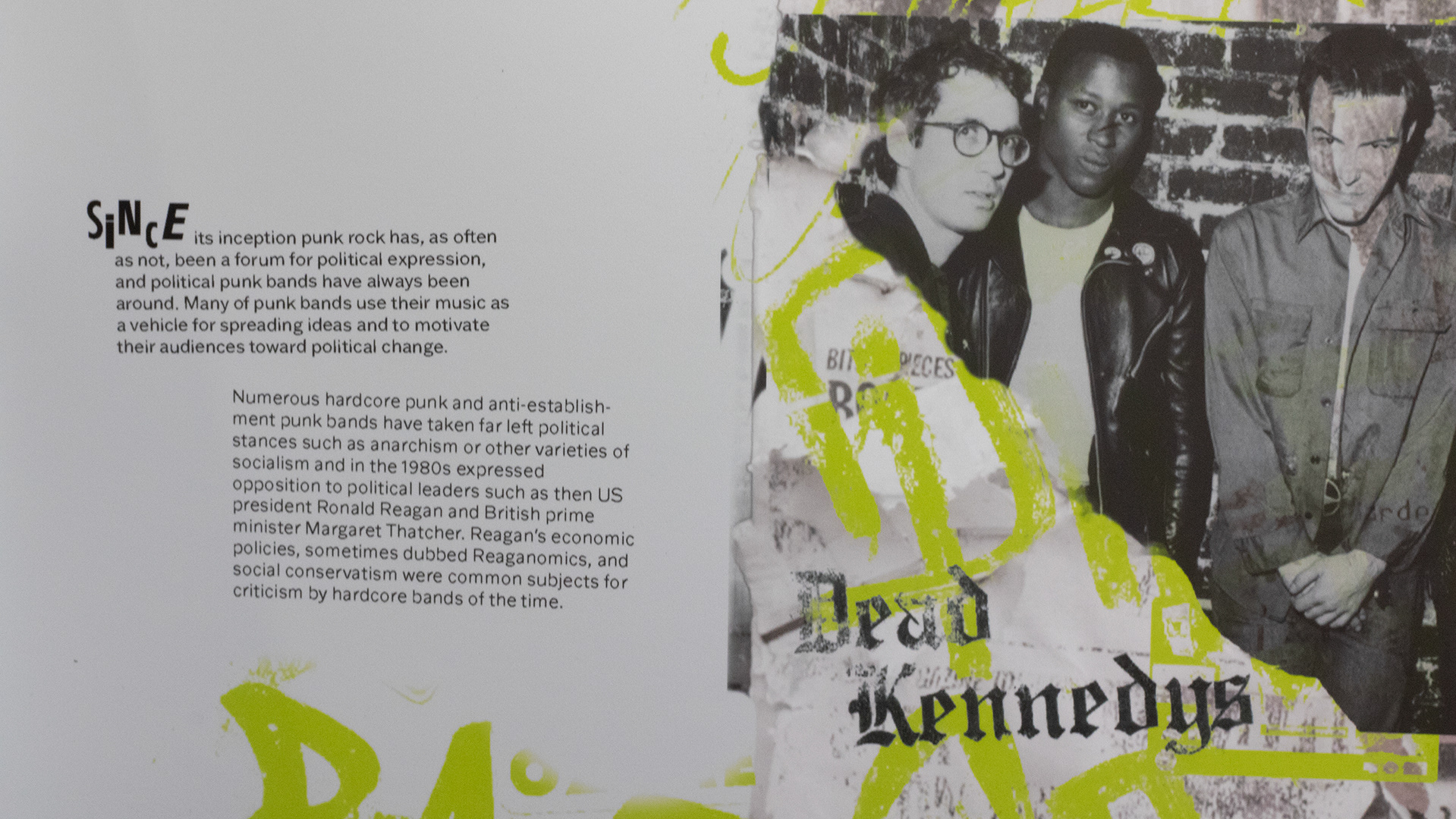

Since I'm representing positive sentiment, such as feminism, anti-authoritarian, or anti drug messaging, I felt it also necessary to represent all of punks shortcomings such as how a lot of the time it wasn't as inclusive as it was made out to be. Also a major negative in the punk movement was the outbreak of skinhead and nazi punks. Though these punks were not welcome in a lot of they still had a major part in the history of punk.
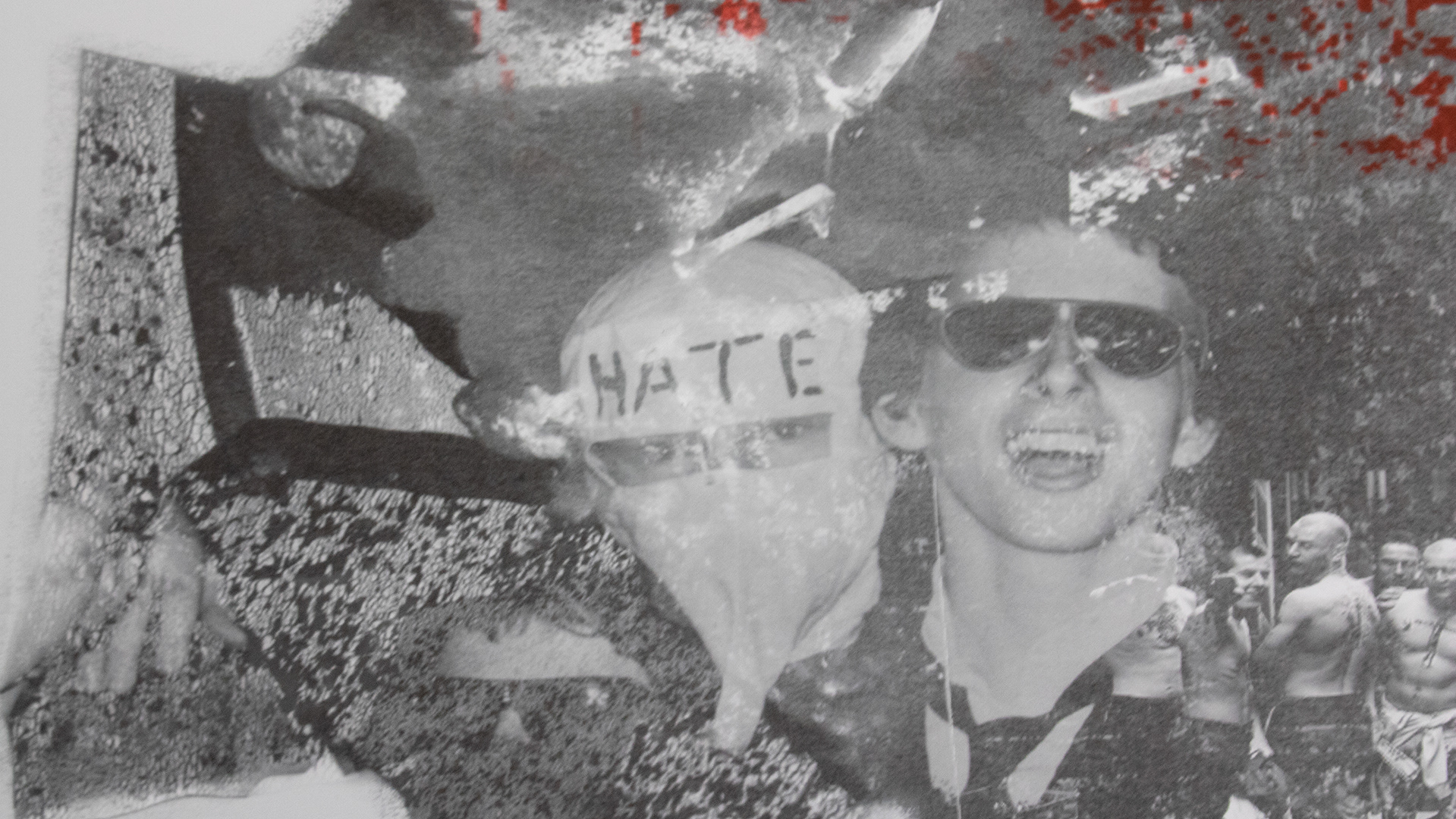
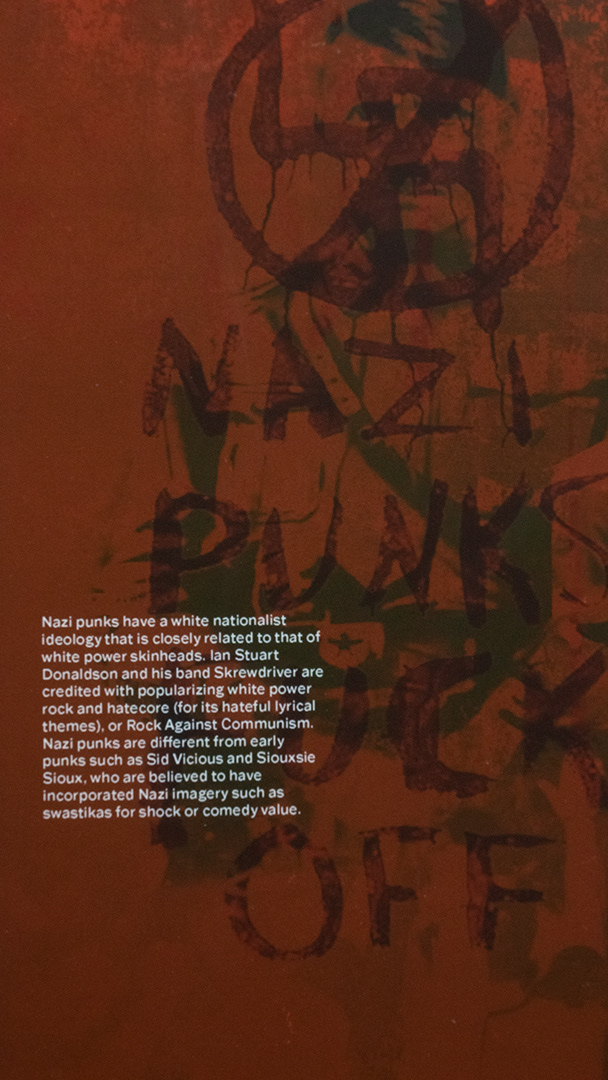
Finally I finish the exhibit with a more open space featuring a stage of performing mannequins meant to empower visitors. The panels of the exhibit feature different political outbreaks of punk and provide sources of representation for various groups of people. It is my hope that, if you are "cool" by punk standards, you can find a representation of punk that suits you. Since a lot of the early punks spoke about inclusivity in alternate medium, I wanted to provide outbreaks that could allow those who often didn't have representation in the scene to enjoy what punk has to offer. Placing a panel about nazi punk and hatecore at the end of the exhibit, I wanted to remind viewers of the harsh reality of punk. Viewers are meant to see this panel and leave the exhibit with more than just knowledge about punk, but with a sense of activism that should be enacted outside of just punk.
